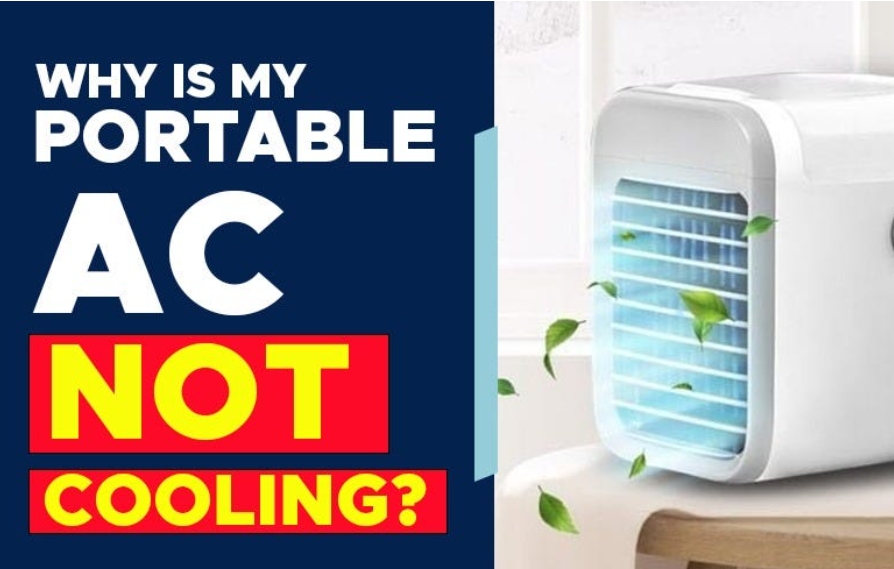This guide will walk you through what to do if your portable air conditioner does not cool.

Common Causes of Cooling Issues
When a portable air conditioner fails to cool, several common factors might be at play. These include inadequate airflow, incorrect settings, refrigerant issues, or environmental factors. Identifying the root cause is the first step toward resolving the problem.
Ensuring Adequate Airflow
One of the most common reasons a portable air conditioner might not cool effectively is restricted airflow. Ensure that the air filters are clean and free from dust and debris. Dirty filters can block airflow, reducing the unit’s efficiency. Most manufacturers recommend cleaning or replacing filters every few weeks, depending on usage. Additionally, check the intake and exhaust vents to ensure they are not obstructed. Proper ventilation is crucial for the unit to function correctly. If the exhaust hose is kinked or blocked, it can cause the unit to overheat and shut down.
Correct Settings and Placement
Sometimes, the issue might be as simple as incorrect settings or placement. Verify that the unit is set to the correct mode (cooling mode) and that the temperature is set lower than the room temperature. Placement also matters; the unit should be in a central location with ample space around it to allow for proper air circulation. Avoid placing the unit near heat sources such as direct sunlight or appliances that generate heat, as this can affect its performance.
Checking Refrigerant Levels
Refrigerant is essential for the cooling process. If the refrigerant levels are low, the unit will not cool effectively. Unfortunately, checking and refilling refrigerant usually requires professional assistance. If you suspect a refrigerant issue, it’s best to contact a qualified technician. They can check for leaks and recharge the refrigerant if necessary. Keep in mind that handling refrigerants without proper training can be dangerous and is often illegal in many areas.
Environmental Factors
The environment in which the portable air conditioner operates can significantly impact its performance. High humidity levels can make it harder for the unit to cool the air effectively. In such cases, using a dehumidifier in conjunction with the air conditioner can help improve cooling. Additionally, ensure that the room is adequately insulated. Poor insulation can lead to cool air escaping and warm air entering, making it difficult for the unit to maintain the desired temperature.
Professional Maintenance and Repairs
If you’ve checked all the above factors and your portable air conditioner still does not cool, it may be time to seek professional maintenance or repairs. Regular maintenance, such as annual servicing, can prevent many common issues and extend the lifespan of your unit. A professional technician can diagnose and fix problems that are not immediately apparent, such as faulty compressors or electrical issues.
Conclusion
When your portable air conditioner fails to cool, it can be due to a variety of reasons ranging from simple airflow problems to more complex issues like refrigerant leaks. By systematically checking for common problems and ensuring proper maintenance, you can often restore your unit’s performance. If basic troubleshooting doesn’t resolve the issue, seeking professional help is advisable. Regular maintenance and timely repairs not only fix current issues but also prevent future problems, ensuring you stay cool and comfortable throughout the summer.





